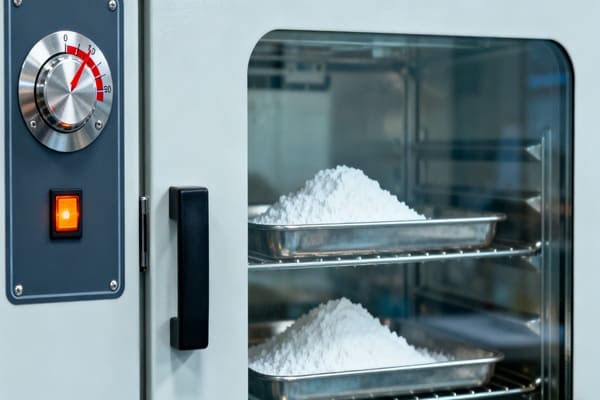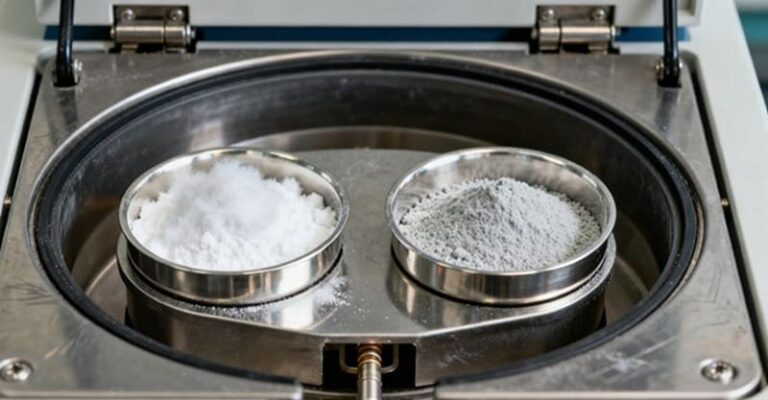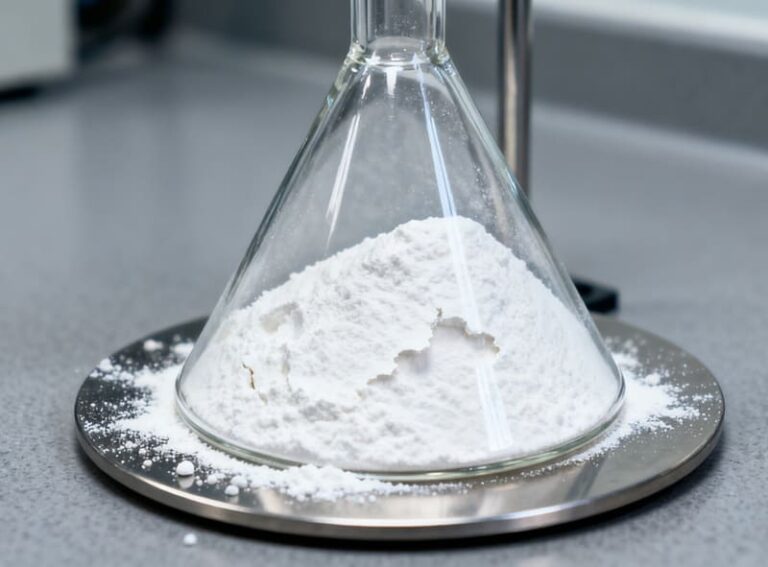What Silicon Nitride Powder Indicators Most Influence the Thermal Conductivity of Finished Components?
Thermal conductivity is one of the most important performance metrics for silicon nitride ceramic components used in heat spreaders, heater substrates, semiconductor…





